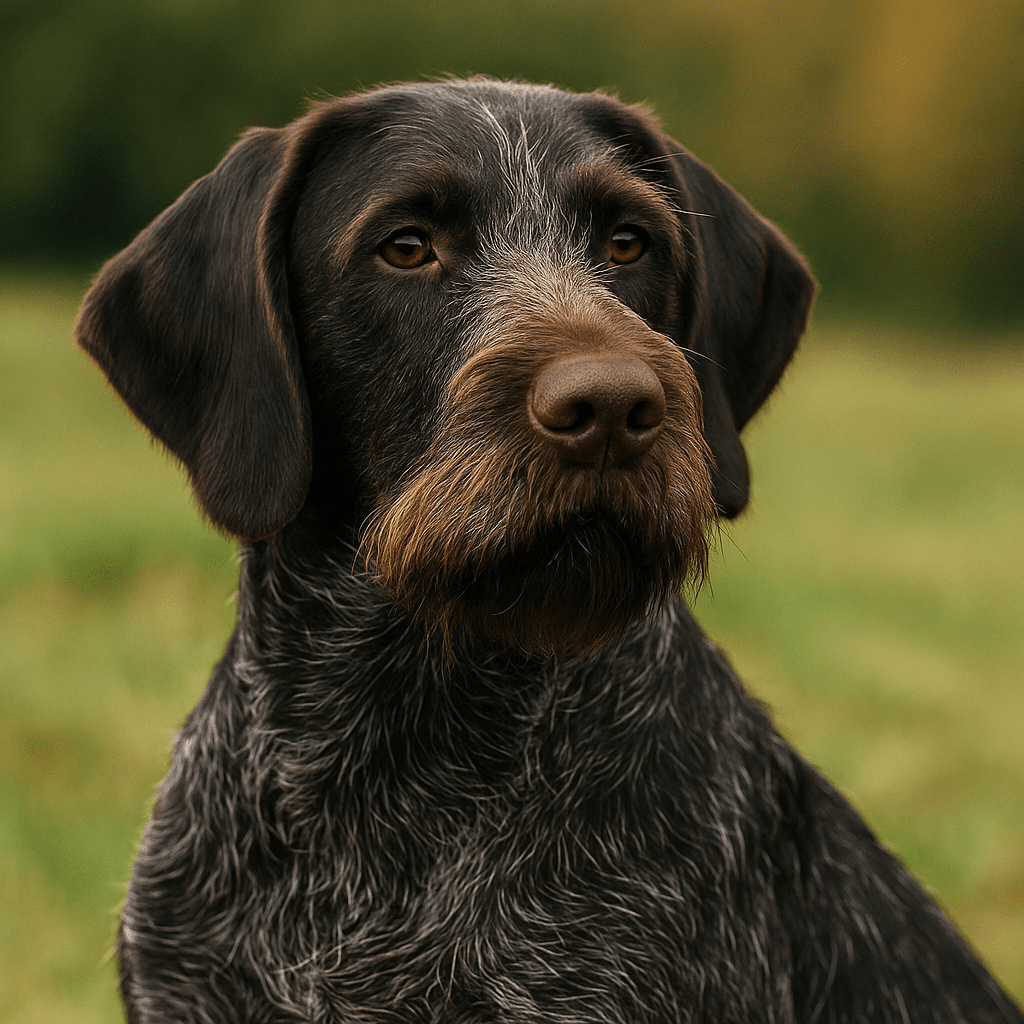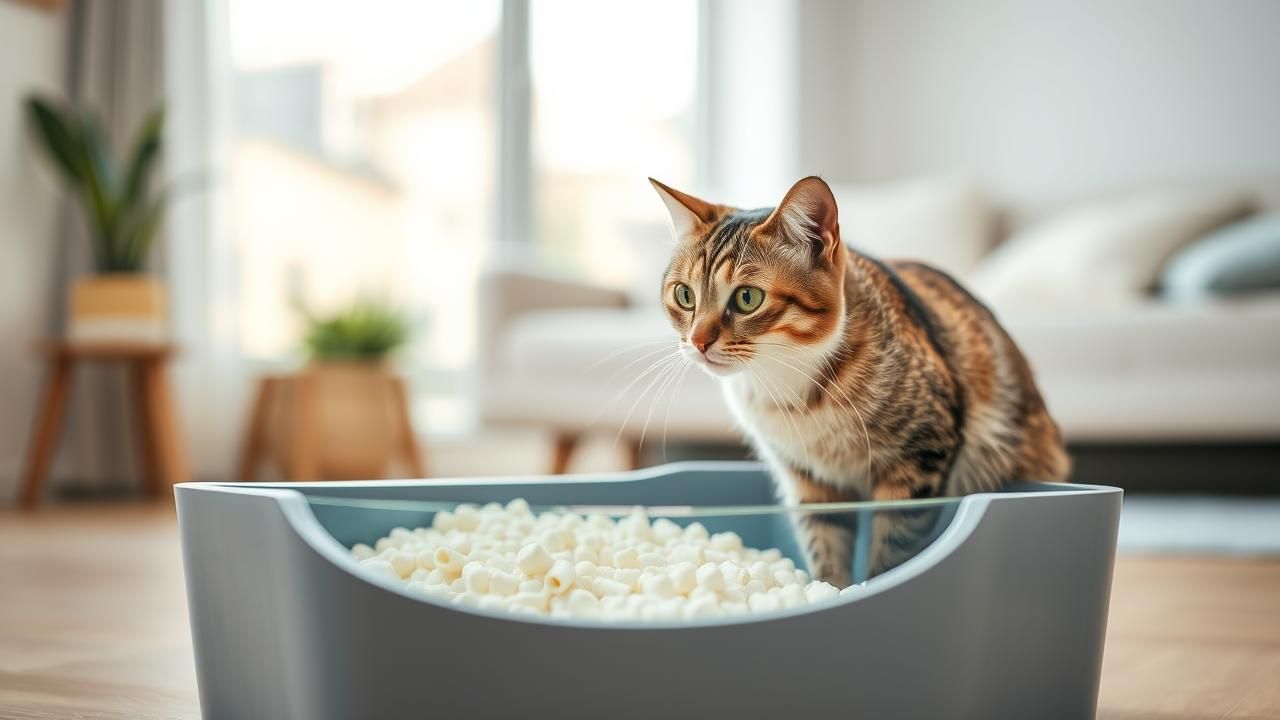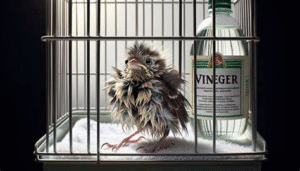That familiar, yet awkward, shuffle of your dog dragging their bottom across your favorite rug is a behavior known as “scooting.” While it might seem funny or embarrassing, it’s a clear signal from your dog that something is causing them irritation or pain in their rear end. Ignoring this sign can lead to more serious health issues, so understanding the potential causes is the first step toward providing them with much-needed relief. This guide will walk you through the common culprits behind scooting, safe home remedies you can try, and the critical signs that mean it’s time to see a veterinarian.
What Are the Common Causes of Dog Scooting?
Scooting is almost always linked to discomfort in the anal region. Identifying the specific cause is key to finding the right solution. Here are the most frequent reasons why your dog might be scooting.
- Anal Gland Problems: This is the number one reason for scooting. All dogs have two small anal sacs, located on either side of the anus, that contain a scented fluid. Normally, these sacs are expressed naturally when your dog has a bowel movement. However, if they don’t empty properly, they can become full (impacted), blocked, or even infected, creating pressure and discomfort. According to VCA Animal Hospitals, factors like chronic soft stool or a dog’s unique anatomy can prevent the glands from emptying correctly, leading your dog to scoot in an attempt to relieve the pressure.
- Intestinal Parasites: Parasites, especially tapeworms, are a common source of anal irritation. Dogs typically get tapeworms from ingesting fleas that are carrying tapeworm larvae. As the worms mature, they shed small, rice-like segments that can be seen in your dog’s feces or around their anus. The American Kennel Club explains that the irritation caused by these segments often prompts a dog to scoot.
- Allergies: Like people, dogs can suffer from allergies to food or environmental factors like pollen and dust mites. These allergies frequently cause itchy skin, a condition known as pruritus. While many owners notice their dog scratching their ears or chewing their paws, the skin around the rectum can also become inflamed and itchy, compelling your dog to scoot for relief.
- Skin Irritation and Infections: Sometimes, the issue is more straightforward. Localized skin irritation can be caused by fecal matter matted in the fur (a common issue for long-haired breeds), clipper burn from a recent grooming session, or a bacterial or yeast infection on the skin itself. Keeping the area clean and dry is vital to prevent these minor issues from escalating.
- Anal Gland Tumors: Though far less common, a growth on or near an anal gland can mimic the signs of impaction, leading to scooting, straining during defecation, and noticeable swelling. The Merck Veterinary Manual emphasizes that any suspected mass requires immediate veterinary evaluation for proper diagnosis and treatment.
3 Safe Home Remedies to Try for Mild Scooting
If the scooting has just started and your dog isn’t showing signs of severe pain, you may be able to offer some comfort at home. Remember, these remedies are for mild, occasional scooting and should not replace professional veterinary care if the problem persists or worsens.
- Apply a Warm Compress: A warm compress can work wonders for soothing mild inflammation and discomfort. Soak a clean washcloth in warm water, wring it out well, and gently hold it against your dog’s rear for five to ten minutes. PetMD notes that this can help reduce swelling and may even help impacted glands express naturally. The area is sensitive, so always be gentle. This can be repeated a few times a day.
- Increase Dietary Fiber: Firm, healthy stools are essential for the natural expression of anal glands. If your dog’s stools are too soft, adding fiber can help. Plain, canned pumpkin (ensure it’s not pie filling, which contains sugar and spices) is an excellent source. Start with a small amount—about one teaspoon for small dogs or one tablespoon for large dogs—mixed into their food. You can also discuss dog-specific fiber supplements or probiotics with your vet to promote better gut health and stool quality.
- Practice Proper Hygiene: For some dogs, especially those with long fur, the solution is as simple as a good cleaning. Trapped fecal matter can cause significant skin irritation. Use a pet-safe, unscented wipe or a damp cloth to gently clean the area. Afterward, pat it completely dry, as moisture can create a breeding ground for bacteria and yeast. Keeping the fur around the anus trimmed short can help prevent this from happening again.
When to See a Vet: Red Flags That Demand Attention
While home treatments can address minor issues, scooting can also signal a serious medical problem that requires a veterinarian’s expertise. Persistent discomfort should never be ignored, as it can lead to painful abscesses, infections, and other complications. Contact your vet immediately if you observe any of the following warning signs.
- Persistent or Worsening Scooting: If the behavior continues for more than a day or two, or if it becomes more frequent or frantic, it’s a clear indicator that home remedies are not enough to resolve the underlying cause.
- Visible Swelling, Sores, or Redness: Take a careful look at your dog’s rear end. Obvious swelling, angry red skin, or any open sores are signs of a significant infection or a potential anal gland abscess. An abscess is an extremely painful pocket of pus that forms when an impacted gland gets infected.
- Bleeding or Discharge: Any sign of blood or a pus-like discharge from your dog’s rectum is a veterinary emergency. As Veterinary Partner points out, this could mean an anal gland abscess has ruptured, which requires immediate medical care to clean the wound, manage pain, and start antibiotics. A strong, foul, or “fishy” odor often accompanies an infection.
- Signs of Significant Pain: If your dog yelps when trying to sit, seems hesitant to move, or is obsessively licking and chewing at their rear, they are in considerable pain. Other signs of pain include lethargy, hiding, or a sudden loss of appetite.
- Changes in Defecation: Straining to poop, crying out during defecation, or producing thin, “ribbon-like” stools can indicate a partial obstruction from severe inflammation or a mass that is narrowing the anal opening.
Ultimately, you know your dog best. Scooting is their way of telling you something is wrong. By paying attention to the signs, you can address minor issues at home and know exactly when to seek professional help to keep your companion healthy and comfortable.











